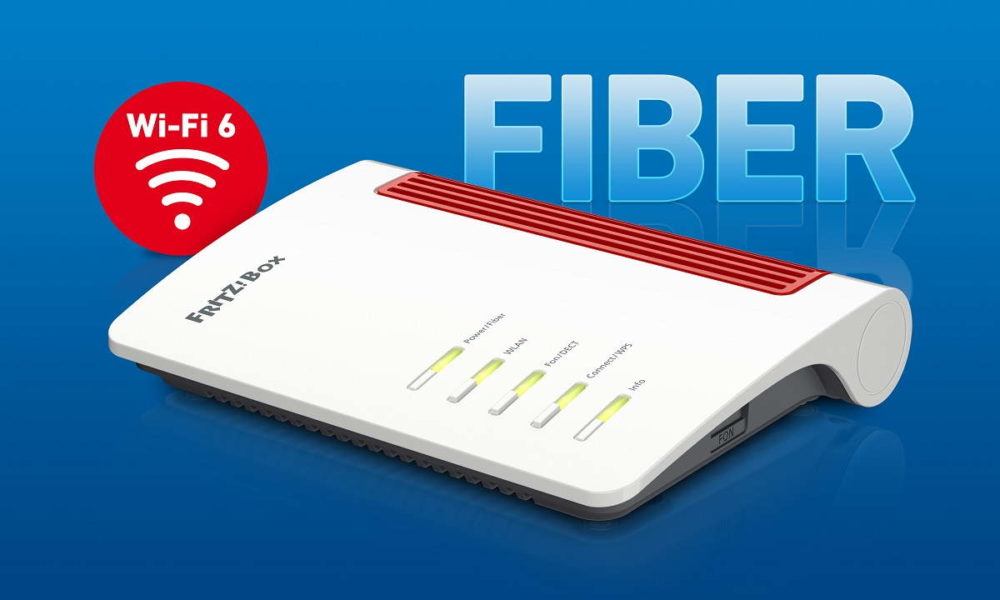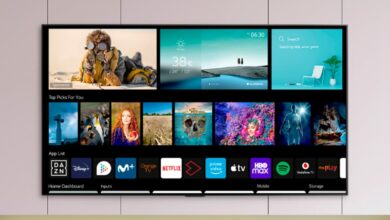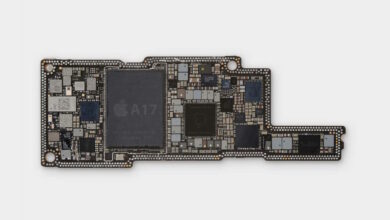
The Wi-Fi standard is one of the most important elements of our wireless internet connection. Aspects such as the range and speed of our connection will depend on it, but also the performance when we have several connected devices, compatibility and security.
Our more advanced readers are already aware of all this, and they know that there are different Wi-Fi standards with different levels of performance, security and compatibility, but for those with less knowledge, and also for those who are now entering the world, We have decided to do a special where we will give you a series of basic notions, but very important, over the Wi-Fi standard.
As always, if after finishing reading the article you have any questions, you can leave it in the comments and we will help you solve it. Without further ado, we begin.
Things to know about the Wi-Fi standard
- The Wi-Fi standard is the protocol that lets connect, wirelessly, a device to a router (or other network solution).
- For that connection to be possible, both the router and the device we want to connect must be compatible with the Wi-Fi standard that we want to use.
- The most advanced Wi-Fi standards are more reliable, faster and they get along better with multi-device environments.
- A newer and more advanced Wi-Fi standard it will always be backward compatible with all of the above, but not the other way around.
- Backward compatibility represents an interesting value, but also can be harmfulas Wi-Fi 3 and Wi-Fi 1 standards can slow down our entire network.
- To be able to access a new Wi-Fi standard need to use new hardware. Thus, if we have a router compatible with Wi-Fi 5 and a smartphone compatible with that standard, but we want to access Wi-Fi 6, we will need a new router, and a new smartphone.
- It is not possible to enable support for higher Wi-Fi standards via software. If someone offers it to you, ignore it, it may be an attempt to sneak malware.
- Today, we can enjoy an optimal experience with the Wi-Fi 5 standard, although the Wi-Fi 6 standard offers very important advantages, as we told you at the time.
- Each standard operates in a different band, and is therefore more or less vulnerable to obstacles and interference. They also offer a different scope. Wi-Fi 5, for example, works in the 5 GHz band, so it suffers less interference.




